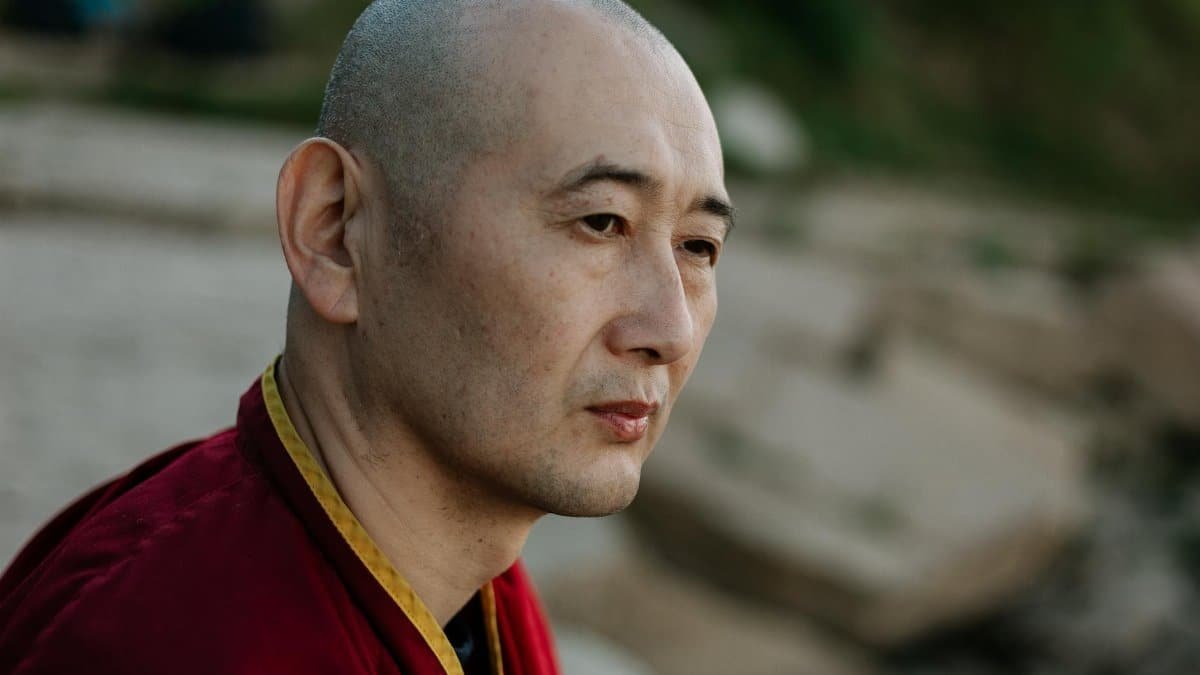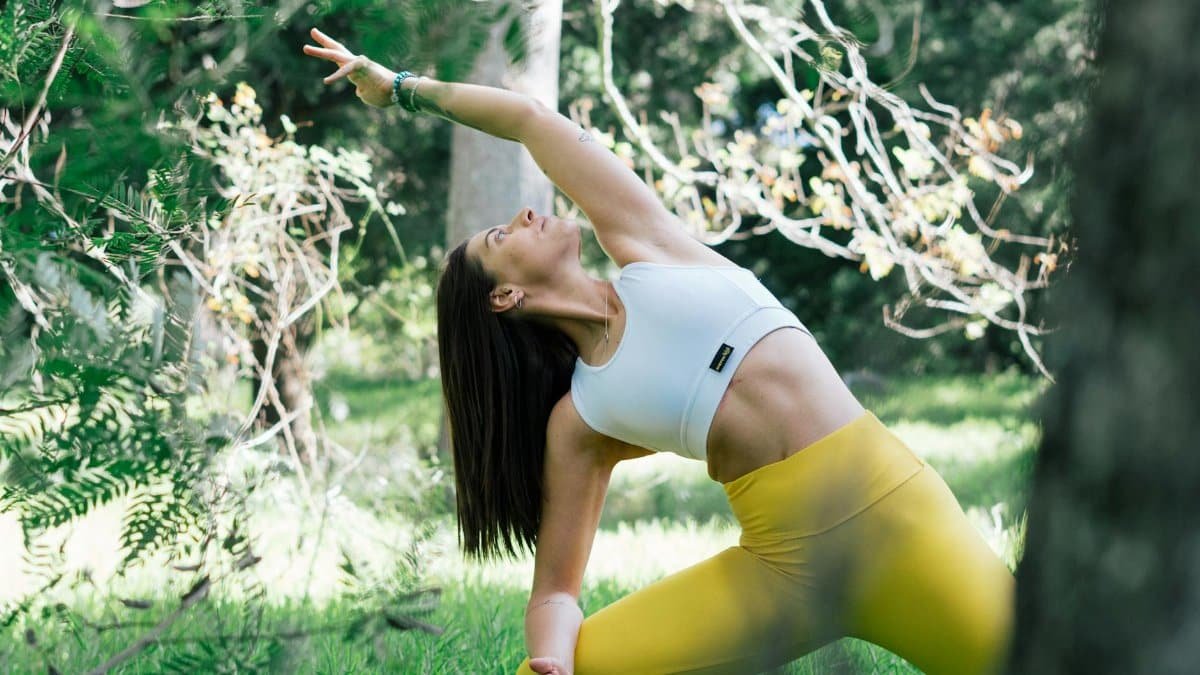A recent study from the Pew Research Center found that nearly 40% of Americans now engage in some form of spiritual or mindfulness activity weekly, up from just 24% a decade ago. This surge reflects a growing hunger for personal transformation amid the stresses of modern life. Awakening practices, those intentional habits designed to foster self-awareness and inner growth, have moved from fringe pursuits to mainstream tools for navigating uncertainty. Whether through quiet reflection or structured exercises, they promise a path to clarity and expansion. As we step into 2025, with economic pressures and digital overload intensifying, these practices offer a grounded way to reclaim agency. But what makes them effective, and how can they truly propel personal growth? Exploring six key ones reveals their potential to reshape perspectives and build resilience.
1. Mindfulness Meditation: Building Present-Moment Awareness

Start with the breath. That’s often the entry point for mindfulness meditation, a practice rooted in ancient traditions but adapted for today’s hurried world. Practitioners sit quietly, focusing on inhalations and exhalations, gently redirecting wandering thoughts. It’s not about emptying the mind, but observing it without judgment.
Consider a middle-aged accountant in Chicago who began this routine after a health scare. Mornings once filled with frantic emails now include ten minutes of stillness. Over months, he noticed sharper focus at work and less reactivity to stress. Such stories abound, illustrating how mindfulness can rewire neural pathways. Research from Harvard Medical School supports this, showing reduced activity in the brain’s stress centers after consistent practice.Harvard Health Publishing details how it lowers cortisol levels, promoting emotional balance.
Yet, challenges arise. Distractions pull hard in a notification-saturated era. Beginners might feel frustrated by intrusive thoughts, but persistence pays off. Integrate it subtly: a mindful walk during lunch, noticing sights and sounds. This practice lays the foundation for growth by anchoring you in the now, making space for deeper insights to emerge.
2. Reflective Journaling: Uncovering Hidden Patterns

Imagine flipping through pages of your own thoughts, spotting recurring themes that shape your decisions. Reflective journaling invites just that, turning a simple notebook into a mirror for the soul. Set aside time each evening to jot down experiences, emotions, and questions. What sparked joy today? What triggered doubt?
This isn’t mere diary-keeping; it’s a deliberate excavation. A teacher in Atlanta shared anonymously in an online discussion how journaling revealed her pattern of self-sabotage in relationships. By writing without filters, she connected dots from childhood influences to current habits, sparking real change. It’s a raw process, sometimes uncomfortable, but profoundly liberating.
Studies underscore its benefits. The American Psychological Association highlights how expressive writing aids emotional processing and reduces symptoms of depression.APA Monitor on Psychology reports improved mood and cognitive function among regular journalers. To start, keep prompts handy: “What am I grateful for?” or “What lesson emerged today?” Over time, patterns crystallize, fostering self-compassion and intentional growth. It’s a quiet revolution, one page at a time.
Of course, not every entry flows easily. Dry spells happen, but pushing through builds discipline. Pair it with a cozy ritual, like herbal tea, to make it inviting. In essence, journaling transforms vague introspection into actionable wisdom.
3. Visualization Techniques: Expanding Vision for Future Possibilities

What if closing your eyes could open doors to untapped potential? Visualization techniques do precisely that, expanding vision by mentally rehearsing desired outcomes. Picture yourself achieving a goal—feel the triumph, see the details vividly. Athletes use this to enhance performance; now, everyday folks apply it for personal growth.
Take a software engineer in Seattle who visualized career advancement during commutes. Over weeks, this mental rehearsal built confidence, leading to a bold pitch that secured a promotion. It’s not magic; it’s neuroscience. The brain treats vivid imaginings similarly to real experiences, forging new pathways. A study from the National Institutes of Health links visualization to improved motivation and goal attainment.NIH Study on Mental Imagery explains how it activates reward centers, making aspirations feel attainable.
Yet, skepticism lingers. Some dismiss it as wishful thinking, but combining it with action steps grounds it in reality. Start small: five minutes daily, envisioning a calmer response to stress. This practice broadens horizons, turning abstract dreams into tangible paths. In a world of limitations, it reminds us that vision shapes reality.
Variations abound. Guided audio sessions can help novices. The key? Consistency and emotion. Feel the scenario deeply to amplify its impact. Ultimately, this third awakening practice stretches the mind’s boundaries, inviting expansive growth.
4. Nature Immersion: Reconnecting with the External World

Step outside, and let the rustle of leaves recalibrate your inner compass. Nature immersion, one of the more accessible awakening practices, involves deliberate time in natural settings—hiking, gardening, or simply sitting by a stream. It pulls you from digital isolation into a larger ecosystem, fostering humility and wonder.
A retired nurse in Colorado found solace here after burnout. Weekly forest walks shifted her from anxiety to awe, as bird calls and earthy scents grounded her. Research from Stanford University backs this: time in nature lowers rumination and boosts creativity.Stanford News on Nature and Well-Being shows reduced activity in brain regions linked to mental illness.
Urban dwellers aren’t excluded. A city park suffices, focusing on sensations like wind on skin. Challenges include weather or accessibility, but adaptations like indoor plants help. This practice expands awareness beyond the self, nurturing empathy and resilience. It’s a reminder that growth often blooms in quiet, organic spaces.
5. Gratitude Rituals: Cultivating Positive Shifts

Gratitude rituals flip the script on negativity, training the mind to notice abundance. Begin or end the day listing three things you’re thankful for—big or small. It could be a warm meal, a kind word, or personal strength. This simple act rewires focus from lacks to gifts.
One executive in New York, overwhelmed by deadlines, adopted this after reading about its effects. Soon, team meetings felt less combative as he acknowledged colleagues’ efforts. Evidence from the University of California, Davis, confirms gratitude enhances well-being and relationships.Greater Good Science Center at UC Berkeley details increased happiness and reduced depression through regular practice.
Sometimes, it feels forced amid hardships. Authenticity matters; dig for genuine appreciations. Share them aloud with loved ones for amplified impact. In 2025’s uncertain climate, this ritual builds emotional fortitude, turning awakening practices into daily anchors for growth.
Expand it: Write letters of thanks. The ripple effects surprise, strengthening bonds and self-worth. It’s a gentle yet powerful tool in the awakening arsenal.
6. Mindful Movement: Integrating Body and Spirit

Movement becomes meditation in mindful practices like yoga or tai chi, where each pose or step invites presence. It’s not about perfection but harmony between body and breath. Instructors emphasize listening to your form, releasing tension with intention.
A parent in Texas, juggling family and work, turned to yoga classes online. The flows eased chronic back pain and quieted mental chatter, revealing inner strength. The Mayo Clinic affirms these benefits, noting improved flexibility, stress reduction, and mood elevation.Mayo Clinic on Yoga highlights its role in holistic health.
Accessibility varies; modifications exist for all levels. Start with short sessions to avoid overwhelm. This practice embodies growth, teaching patience and flow. As bodies align, so do perspectives, rounding out awakening practices with physical vitality.
Communities enhance it—join a local group for motivation. In blending motion and mindfulness, it fosters comprehensive expansion, proving growth is as much about the body as the mind.
